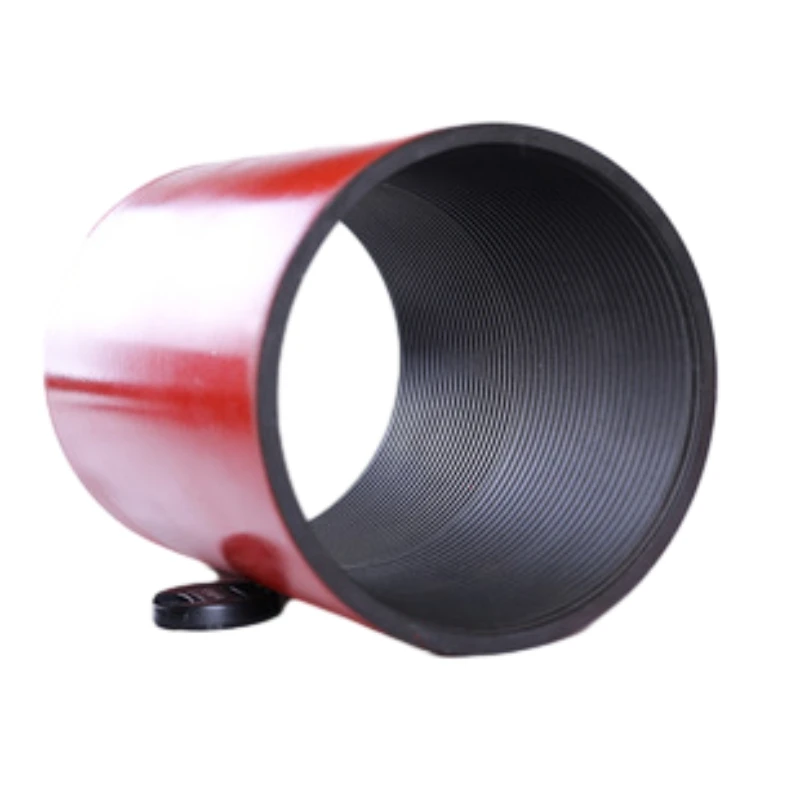- Afrikaans
- Albanian
- Amharic
- Arabic
- Armenian
- Azerbaijani
- Basque
- Belarusian
- Bengali
- Bosnian
- Bulgarian
- Catalan
- Cebuano
- Corsican
- Croatian
- Czech
- Danish
- Dutch
- English
- Esperanto
- Estonian
- Finnish
- French
- Frisian
- Galician
- Georgian
- German
- Greek
- Gujarati
- Haitian Creole
- hausa
- hawaiian
- Hebrew
- Hindi
- Miao
- Hungarian
- Icelandic
- igbo
- Indonesian
- irish
- Italian
- Japanese
- Javanese
- Kannada
- kazakh
- Khmer
- Rwandese
- Korean
- Kurdish
- Kyrgyz
- Lao
- Latin
- Latvian
- Lithuanian
- Luxembourgish
- Macedonian
- Malgashi
- Malay
- Malayalam
- Maltese
- Maori
- Marathi
- Mongolian
- Myanmar
- Nepali
- Norwegian
- Norwegian
- Occitan
- Pashto
- Persian
- Polish
- Portuguese
- Punjabi
- Romanian
- Russian
- Samoan
- Scottish Gaelic
- Serbian
- Sesotho
- Shona
- Sindhi
- Sinhala
- Slovak
- Slovenian
- Somali
- Spanish
- Sundanese
- Swahili
- Swedish
- Tagalog
- Tajik
- Tamil
- Tatar
- Telugu
- Thai
- Turkish
- Turkmen
- Ukrainian
- Urdu
- Uighur
- Uzbek
- Vietnamese
- Welsh
- Bantu
- Yiddish
- Yoruba
- Zulu
pipe mill
The Evolution and Impact of Pipe Mills in Modern Manufacturing
In the modern manufacturing landscape, the production of pipes serves as a critical backbone across multiple industries, including oil and gas, construction, and agriculture. Central to this production process is the pipe mill, a specialized facility designed for the efficient manufacturing of pipes through various methods. This article delves into the evolution, technology, and significance of pipe mills in today's economy.
Historical Context
The origins of pipe manufacturing can be traced back to antiquity when rudimentary methods were employed to forge metal pipes for water transportation and other applications. However, the industrial revolution marked a turning point in pipe production. The advent of advanced manufacturing technologies enabled large-scale production, bringing forth the pipe mill as we know it today. Early pipe mills relied heavily on manual labor and basic machinery, which posed significant limitations in terms of efficiency and production capacity.
Technological Advancements
As the demand for pipes grew, particularly during the expansion of infrastructure in the 19th and 20th centuries, pipe mills underwent significant technological improvements. The introduction of electric arc furnaces, continuous casting, and advanced welding techniques revolutionized the way pipes were produced. Today, state-of-the-art pipe mills utilize automated systems, high-frequency welding, and computer numerical control (CNC) machines to enhance precision and efficiency.
Modern pipe mills are designed to produce a variety of pipe types, including seamless and welded pipes. Seamless pipes are manufactured by extrusion or rotary piercing, which eliminates the need for welding and results in a stronger product. On the other hand, welded pipes are produced by rolling flat steel sheets into cylindrical shapes and welding the seams. This adaptability allows pipe mills to cater to diverse industry requirements, ranging from high-pressure pipelines to structural applications.
Environmental Considerations
In addition to technological advancements, contemporary pipe mills have embraced sustainable practices to mitigate their environmental impact
. The steel industry is known for its high carbon emissions, and pipe mills aim to reduce their carbon footprint through various strategies. This includes investing in energy-efficient machinery, recycling waste materials, and utilizing renewable energy sources. The development of eco-friendly coatings and materials has also gained traction, providing a dual benefit of enhancing pipe longevity while minimizing environmental harm.pipe mill

Economic Impact
Pipe mills play a pivotal role in the global economy. They not only create jobs in manufacturing but also stimulate related industries, such as metallurgy and logistics. The pipes manufactured in these mills are essential components in critical infrastructure projects, including pipelines for oil and natural gas, water supply systems, and drainage solutions. As governments and organizations prioritize infrastructure development, the demand for high-quality pipes continues to rise.
Furthermore, in an era marked by globalization, competition among pipe mills to provide cost-effective, reliable products has intensified. This competition drives innovation and efficiency within the industry, leading to better quality products at lower prices, benefiting consumers and businesses alike.
The Future of Pipe Mills
Looking ahead, the future of pipe mills appears promising. The integration of smart technologies, including the Internet of Things (IoT) and artificial intelligence (AI), is set to revolutionize operations further. These technologies can enhance predictive maintenance, optimize production processes, and facilitate real-time data analysis, thereby improving overall efficiency and reducing operational costs.
Moreover, as industries increasingly focus on sustainability, pipe mills are likely to invest further in green technologies and practices. The push for a circular economy will encourage manufacturers to explore ways to recycle and repurpose materials, ensuring that pipe production aligns with environmental goals.
Conclusion
In summary, pipe mills are fundamental to the production of pipes that support critical infrastructure across the globe. Through technological advances, sustainability efforts, and economic contributions, they have evolved significantly since their inception. As we move towards a more interconnected and environmentally conscious future, pipe mills will continue to adapt and innovate, ensuring their relevance in the ever-changing landscape of manufacturing. The importance of these mills cannot be overstated, as they remain integral to both economic growth and the sustainability of modern society.
-
Tubing Pup Joints: Essential Components for Oil and Gas OperationsNewsJul.10,2025
-
Pup Joints: Essential Components for Reliable Drilling OperationsNewsJul.10,2025
-
Pipe Couplings: Connecting Your World EfficientlyNewsJul.10,2025
-
Mastering Oilfield Operations with Quality Tubing and CasingNewsJul.10,2025
-
High-Quality Casing Couplings for Every NeedNewsJul.10,2025
-
Boost Your Drilling Efficiency with Premium Crossover Tools & Seating NipplesNewsJul.10,2025







